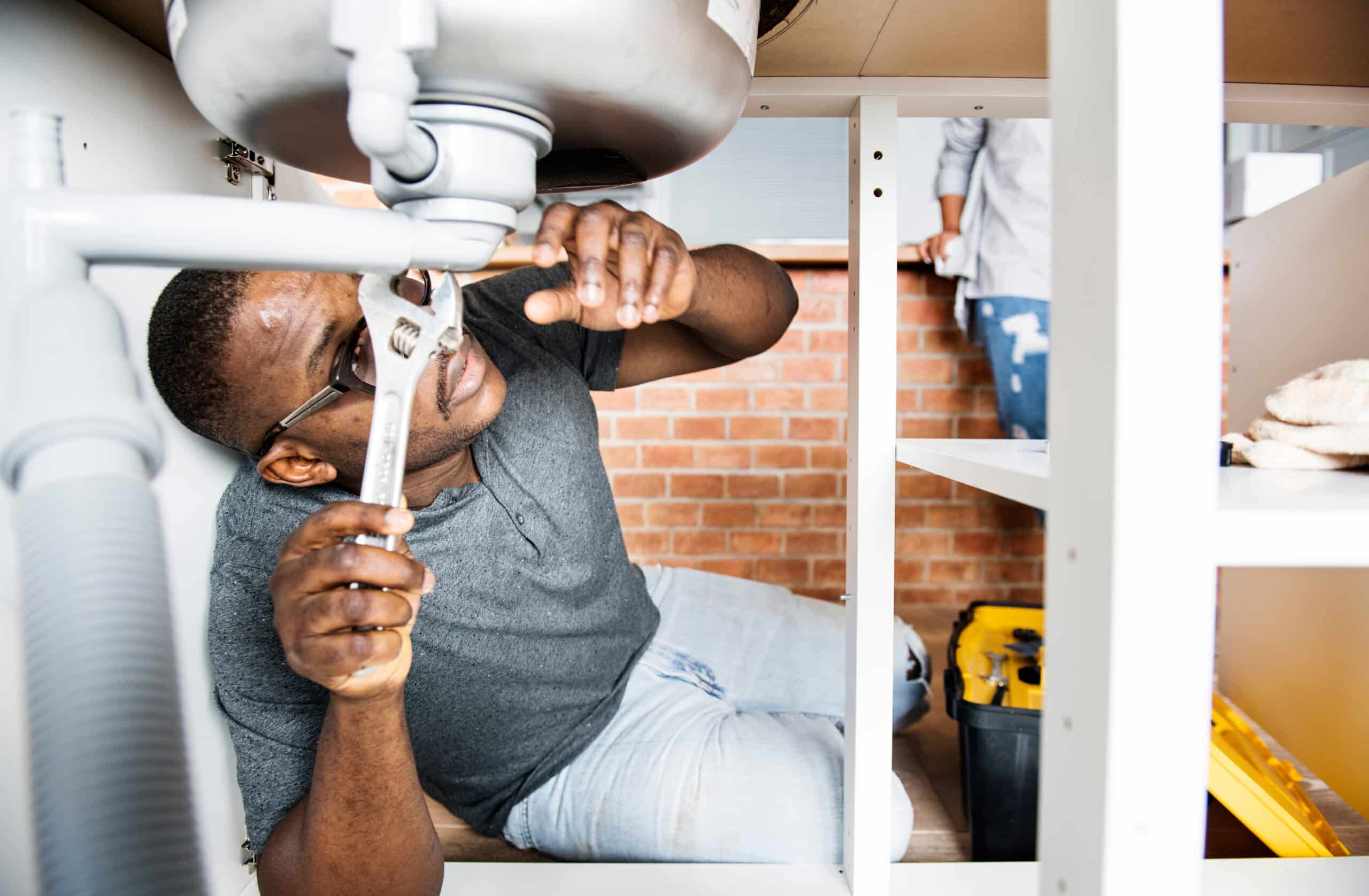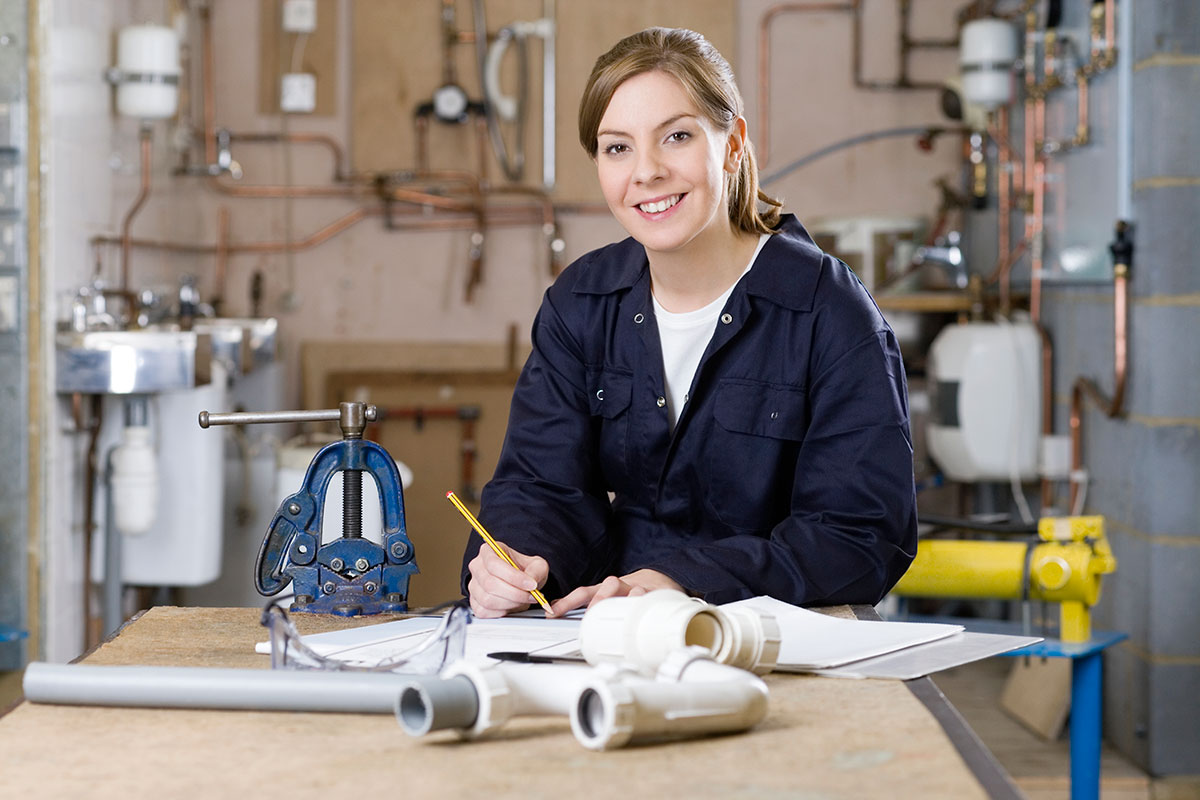Top-Rated Plumber Alabaster AL Ready to Serve You Anytime
Top-Rated Plumber Alabaster AL Ready to Serve You Anytime
Blog Article
A Step-by-Step Guide to Efficient Hot Water Heater Setup for Ideal Performance
Getting started on the job of setting up a water heater is a venture that demands precision and an organized strategy for attaining ideal performance. As you continue, the intricacies of attaching water supply lines and setting up reputable electric or gas links await, promising insights right into guaranteeing efficiency and integrity.
Picking the Right Water Heating System

Next, consider the size and capacity of the water heating unit. It's vital to analyze your household's warm water requirements, which can differ based upon the number of occupants and their usage patterns. A system that's also little may bring about not enough warm water, while an extra-large design could result in unneeded energy intake.
Performance ratings additionally play a critical function in selection. Try to find water heating systems with high Energy Aspect (EF) rankings, showing remarkable performance and reduced power use. Tankless designs, though commonly extra pricey upfront, offer significant energy cost savings with time as a result of their on-demand heating capacities.
Preparing the Installment Area
Before installing a brand-new water heating unit, thorough prep work of the installation location is important. It's critical to gauge the room thoroughly to accommodate the water heater's dimensions, guaranteeing ample clearance around the system for effective operation and servicing.
Next, remove any particles, dust, or blockages from the site to produce a clean environment. Examine the floor for security, as the water heater will require a strong, degree surface area to run properly. If required, mount a drip frying pan below the unit to catch prospective leaks or spills, protecting against water damage to the surrounding location. In areas vulnerable to seismic task, think about setting up seismic straps to safeguard the heating unit securely in location.
Furthermore, ensure that all necessary tools and products get on hand prior to commencing the setup. This consists of things such as wrenches, screwdrivers, a degree, and any kind of extra equipment required for protecting the heater and placing. A well-prepared installation area sets the structure for an effective water heating system setup, optimizing efficiency and security.
Connecting Water Supply Lines
When connecting supply of water lines to your freshly installed water heater, it is vital to ensure that all connections are secure and leak-free to maintain reliable procedure and prevent water damage. Begin by identifying the cold and warm water supply lines. The cool water inlet is normally noted with a blue tag or a "C", while the hot water outlet is marked with a red tag or an "H".
Use adaptable water heater ports to help with a much easier installment procedure. Before attaching the ports, place a plumbing professional's tape around the threaded ends of the water heating system's inlet and electrical outlet pipelines.
When connections remain in place, gradually switch on the main supply of water valve. Check each connection for leaks by visually really feeling and checking for wetness. Tighten connections as necessary, and guarantee the stress relief shutoff is appropriately set up, guarding against extreme stress build-up.
Establishing Electrical or Gas Links
Correctly setting up the electrical or gas connections for your water heater is an essential action to ensure reliable and risk-free operation. For electric hot water heater, start by validating that the electric circuit works with the heater's voltage my review here and amperage demands. Guarantee the power supply is switched off at the circuit breaker to protect against crashes. Link the electrical cables to the heater complying with the maker's wiring layout. Normally, this involves linking the ground cord to the eco-friendly terminal, and the continuing to be cords to their corresponding terminals, protecting each with cord nuts.
For gas hot water heater, safety is vital. Verify that the gas supply is off prior to continuing. Attach the gas line to the water heating system using a versatile gas connector, guaranteeing it is appropriately threaded and sealed with pipeline joint substance or Teflon tape suitable for gas connections. Tighten up the connections with a wrench, making sure not to over-tighten (Drain Cleaning Alabaster AL).
Once connections are made, check for any kind of potential leaks. For gas lines, apply a soapy water solution to the joints; bubbles indicate a leak. For electrical links, verify that all wiring is protected and properly shielded, keeping conformity with neighborhood electric codes.
Examining and Readjusting for Performance
With the electric and gas connections securely in position, the following step is evaluating the operational effectiveness of your water heating unit. Begin by very carefully switching on the water and making certain there are no leakages at any of the joints or shutoffs. When confirmed, continue to load the container, taking notice of the stress and temperature setups. It is advisable to establish the thermostat to a recommended temperature of around 120 ° F(49 ° C) to stabilize energy efficiency and comfort.
Following, do a detailed examination to make certain the home heating components or burner are functioning read the article correctly. For electric heating units, make use of a multimeter to validate if the components are drawing the appropriate present. In gas versions, observe the burner flame; it should be constant and blue, suggesting efficient combustion.
Readjust the settings as essential to get rid of inefficiencies. Consider implementing insulation actions, such as including a hot water heater covering, to additionally boost efficiency by reducing warm loss. Furthermore, check the anode rod's problem, as a deteriorated pole can reduce efficiency and lead to storage tank corrosion.
Verdict
Efficient water heater installment is vital for guaranteeing optimal performance and power financial savings. Securely connecting water supply lines and carefully establishing up electrical or gas connections reduce prospective concerns.

Effectively establishing up the electrical or gas connections for your water heating system is a crucial action to make certain reliable and secure operation. For electric water heating units, begin by confirming that the electrical circuit is compatible with the heating system's voltage and amperage needs. Attach the gas line to the water heater using a versatile gas port, ensuring it is appropriately threaded and sealed with pipe joint substance or Teflon tape suitable for gas links.
Report this page